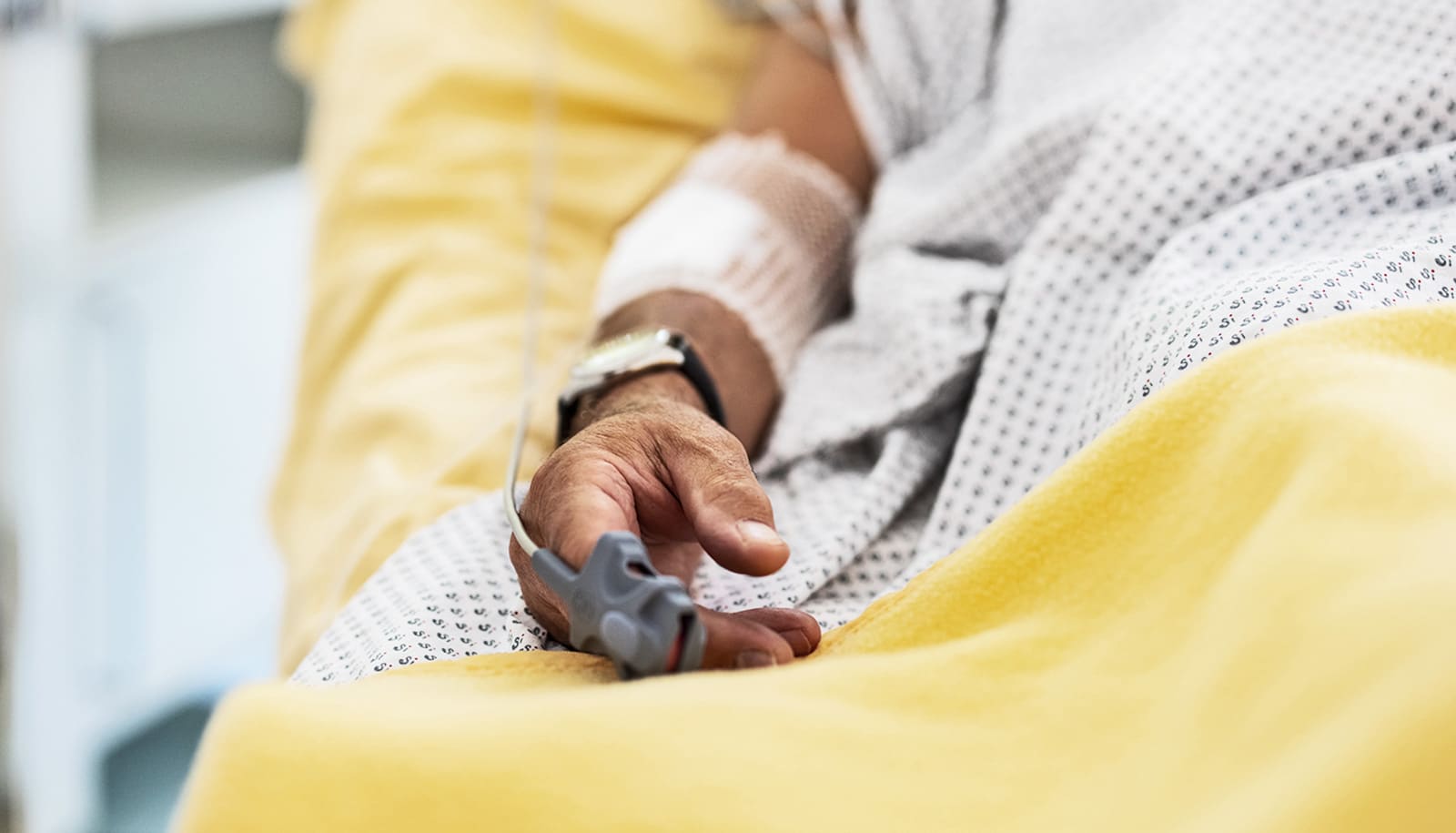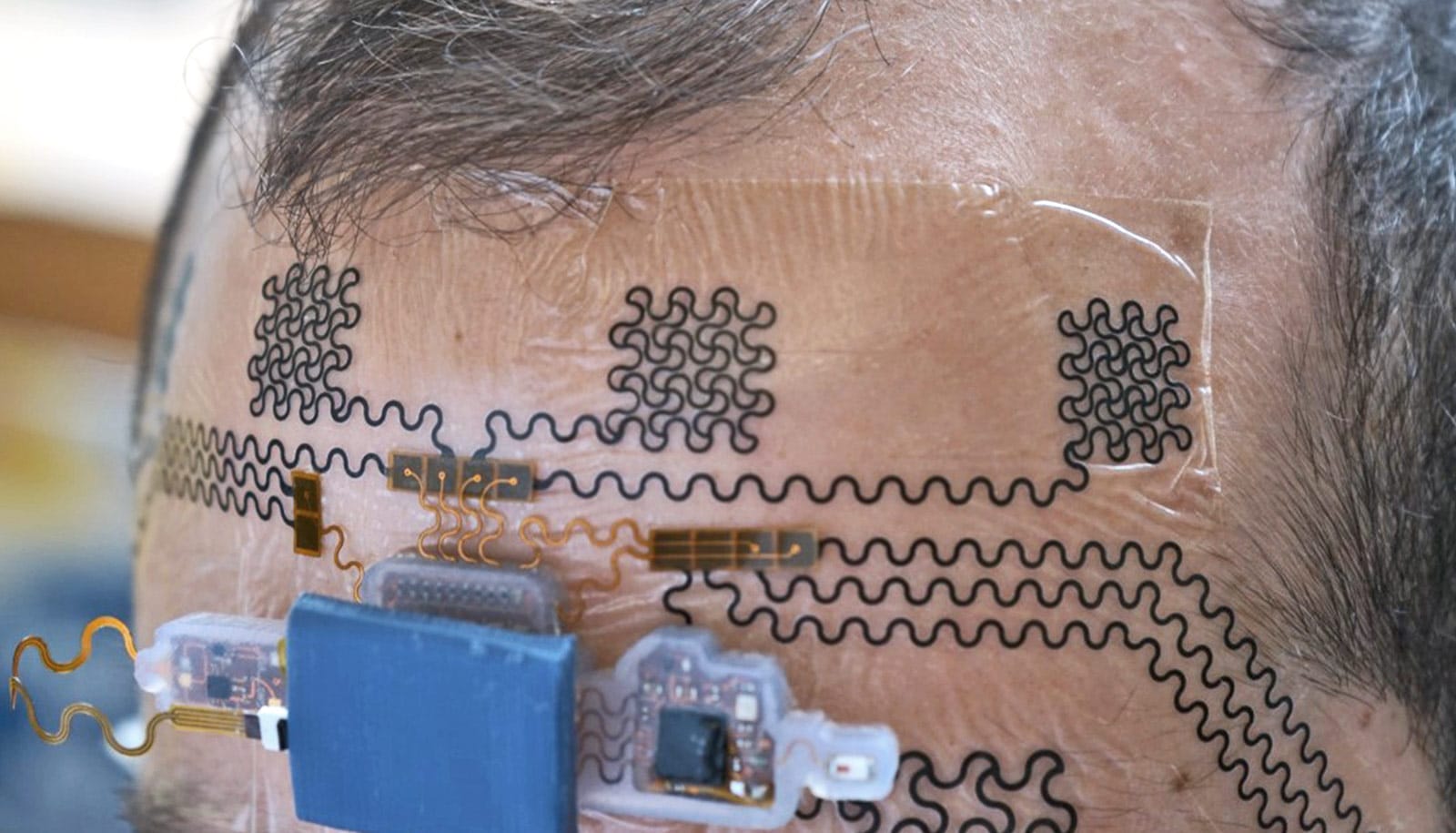When disasters like Hurricane Harvey strike, victims of domestic violence are often particularly vulnerable.
“Disasters can cause significant emotional trauma or stress, injure or kill individuals, and threaten basic human needs such as access to food, water, and housing,” says J. Brian Houston, associate professor of communication and director for the Disaster and Community Crisis Center (DCC) at the University of Missouri.
“We know from past research that disasters can increase the prevalence and severity of domestic violence; they have compounding effects on the recovery of women and families experiencing this violence.”
“To promote women’s safety and well-being, domestic violence services and resources should be integrated into disaster-related assistance and services,” says Jennifer First, a doctoral candidate in the School of Social Work and Disaster Mental Health Program Manager with DCC.
Program keeps more men from repeat domestic violence
“Emergency management often conceptualizes disasters in four phases—response, recovery, mitigation, and preparedness. Our framework uses this perspective to identify objectives to use before, during, and after a disaster to help victims of domestic violence.”
How experts say the framework can be adapted to help those in need:
Response
Professionals responding to a disaster can promote empowerment for women and children by ensuring their basic needs are met and providing them with comfort and support. This can be done by working with providers to transport victims of violence to shelters and provide information on post-disaster resources and alternative domestic violence contacts.
Recovery
After a disaster, communities can conduct activities to rebuild and recover. This is a critical time for victims of violence, experts say. Professionals can help by connecting victims to long-term services and promoting social supports for women.
Mitigation
Communities should identify risks and hazards to reduce or eliminate the impact of a disaster incident. The first strategy could be developing connections between domestic violence organizations and systems typically active in a disaster, such as disaster responders and law enforcement. As connections are formed, professionals can advocate for additional focus on mitigating domestic violence during disasters.
Preparedness
Domestic violence professionals can participate in activities before a disaster to better prepare individuals, families, organizations, and communities to respond if a disaster occurs. One strategy could be to increase domestic violence awareness and training by working with local, state, and federal emergency management professionals who can train responders to assist victims of domestic violence.
Source: University of Missouri



